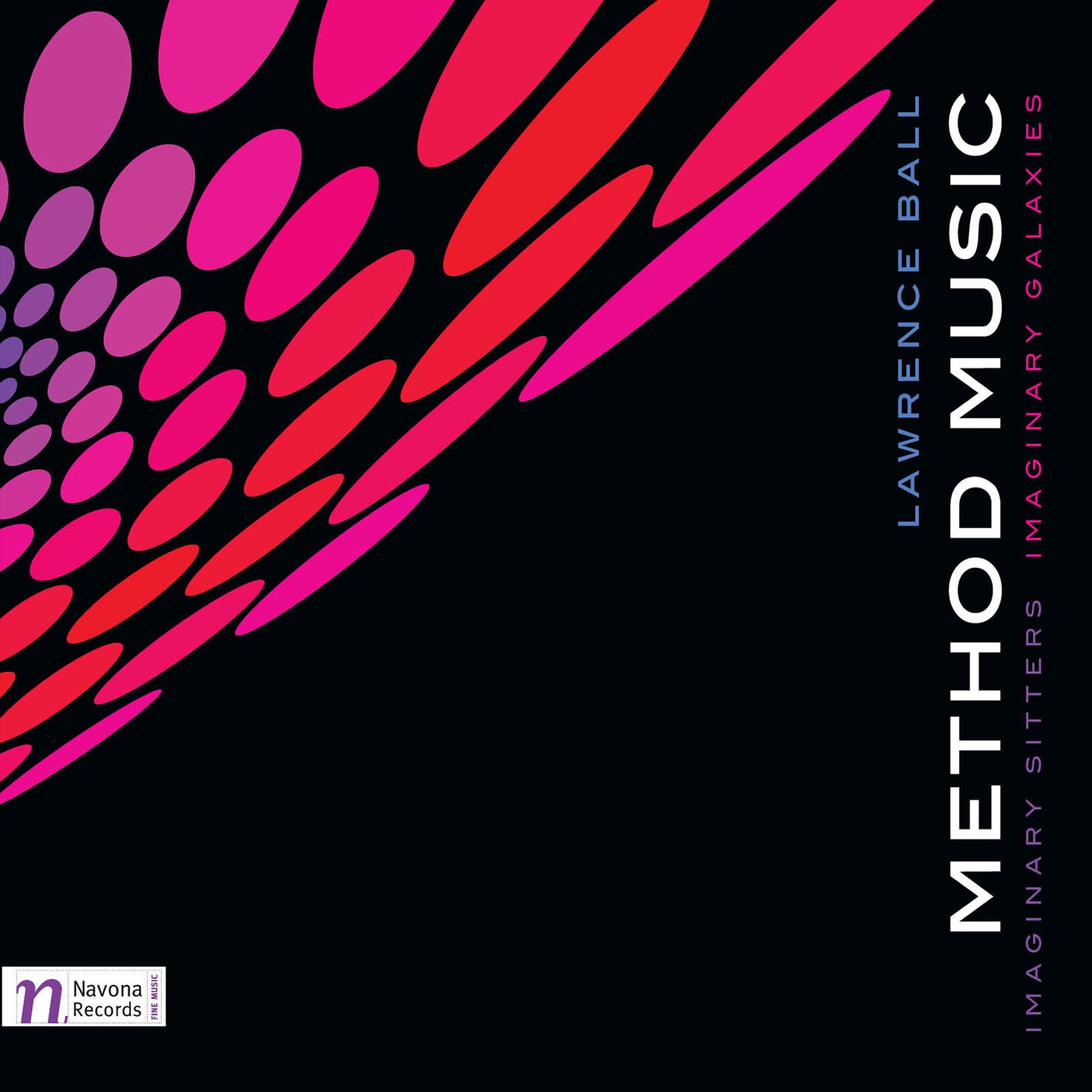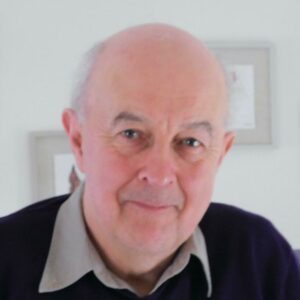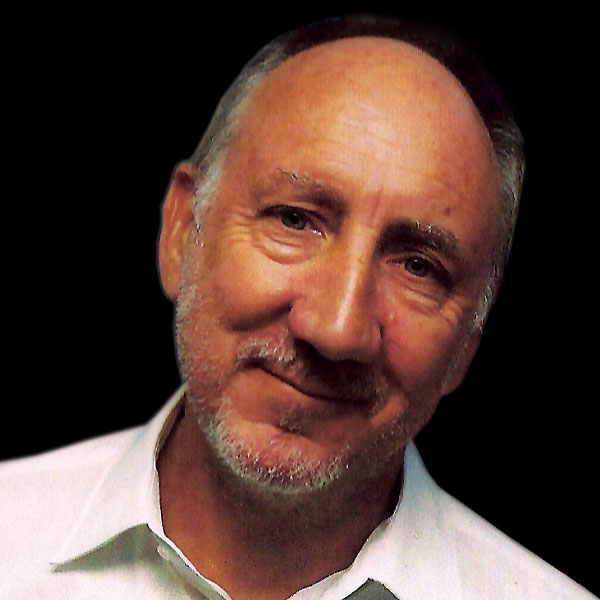
Share Album:
Method Music
Lawrence Ball composer
Meditative yet propulsive. Structured yet sprawling. Gossamer yet muscular. Inspired yet meticulously constructed. METHOD MUSIC by Lawrence Ball is all of these and more, a double album of highly adventurous electronic music by a master innovator of algorithmic composition.
But this album possesses a unique and illustrious lineage that, despite the clear difference in style and genre, connects it to one of the most famous works in the rock music repertoire - the ideas behind METHOD MUSIC are both the outgrowth and the foundation of the legendary LIFEHOUSE project by Pete Townshend, the conceptualizer and co-producer of the album, and presents a theoretical system of musical portraiture in which a listener's personal data is translated into a unique composition.
Utilizing the conceptual underpinning first implemented in The Who's "Baba O'Riley" (a track initially part of the original LIFEHOUSE project, and one mirrored on the opening cut of METHOD) along with Ball's own computerized compositional system called 'Harmonic Maths,' Townshend, with Ball and programmer Dave Snowdon, created a website called The Lifehouse Method which turned this theory into reality. While active during 2007-2008, the website offered users the ability to instantaneously create a customized piece of music, and during its run generated over 10,000 unique works based on the users' own individual characteristics and personal traits.
What you hear on METHOD MUSIC evolved from the tests conducted by Ball and Townshend, which proved the viability of The Lifehouse Method system. Disc One, Imaginary Sitters, features a disparate set of portraits designed to showcase the potential diversity of the Method, while Disc Two, Imaginary Galaxies, expands the forms into larger structures with greater permutations, variables, and variety.
Listen
Stream/Buy
Choose your platform
Track Listing & Credits
| # | Title | Composer | Performer | |
|---|---|---|---|---|
| DISC ONE | ||||
| 01 | Imaginary Sitters: Meher Baba Piece | Lawrence Ball | Lawrence Ball | 5:09 |
| 02 | Imaginary Sitters: Sitter No. 9 | Lawrence Ball | Lawrence Ball | 5:08 |
| 03 | Imaginary Sitters: Sitter No. 10 | Lawrence Ball | Lawrence Ball | 5:09 |
| 04 | Imaginary Sitters: Victoria | Lawrence Ball | Lawrence Ball | 5:08 |
| 05 | Imaginary Sitters: Sitter No. 11 | Lawrence Ball | Lawrence Ball | 5:08 |
| 06 | Imaginary Sitters: Sitter No. 12 | Lawrence Ball | Lawrence Ball | 5:09 |
| 07 | Imaginary Sitters: Sitter No. 13 | Lawrence Ball | Lawrence Ball | 5:09 |
| 08 | Imaginary Sitters: Sitter No. 14 | Lawrence Ball | Lawrence Ball | 5:09 |
| 09 | Imaginary Sitters: Sitter No. 15 | Lawrence Ball | Lawrence Ball | 5:08 |
| 10 | Imaginary Sitters: Sitter No. 17 | Lawrence Ball | Lawrence Ball | 5:12 |
| 11 | Imaginary Sitters: Sitter No. 16 | Lawrence Ball | Lawrence Ball | 5:03 |
| DISC TWO | ||||
| 01 | Imaginary Galaxies: Galaxy No. 1 (for the late Syd Barrett) | Lawrence Ball | Lawrence Ball | 20:13 |
| 02 | Imaginary Galaxies: Galaxy No. 2 (for the late Hugh Hopper) | Lawrence Ball | Lawrence Ball | 20:13 |
| 03 | Imaginary Galaxies: Galaxy No. 3 (for the late Gyorgy Ligeti) | Lawrence Ball | Lawrence Ball | 20:13 |
Lawrence Ball: Composer, programmer, and discoverer of Harmonic Mathematics (1983)
Pete Townshend: Conceiver (1971) and producer of Method Music
Myles Clarke: Co-producer and engineer
Dave Snowdon: Developer of Harmonic Mathematics since 1993, designer and engineer of the Method web system from 2004
Michael Tusch, James Larsson and Francis Monkman: Harmonic Mathematics development support since 1983
Special thanks to the late John Whitney, computer film-maker and the inspiration behind the discovery of Harmonic Mathematics
Elizabeth Churchill: Design and consultation on the web design overview
Bill Martin: Helper and consultant with the Method web system
Richard Evans: Original design and art Direction, utilizing elements from the Visual Harmony software developed by Lawrence Ball and Dave Snowdon
This release in memory of Nick Goderson manufactured under license from Eel Pie
Producer Bob Lord
Production Manager Jeff LeRoy
Product Manager Chris Sink
Art Director / Product Designer Leeann Leftwich Zajas
Artist Information

Lawrence Ball
Lawrence Ball grew up surrounded by music of all kinds, perpetually, in the home. He is a largely self-taught composer and musician, who began playing melodies by ear at age 4. Ball holds a Computer Science BSc Hons. degree from London University, 1972, where he also studied computer-generated music research. Notable collaborations include those with The Who’s guitarist and principal songwriter Pete Townshend on the Lifehouse-Method project, which resulted in over 10,000 generated music portraits over the internet. A related album, METHOD MUSIC, was released in 2012 on Navona Records. Over the course of his career, Ball has covered a broad palette of media expressions, scored over 200 musical pieces, recorded a wide range of music including electronic, programmed computer software, and improvised over 4000 improvised piano works.

Pete Townshend
Pete Townshend, The Who’s guitarist and principal songwriter, was born into a musical family in Chiswick, West London, on May 19, 1945. His father Cliff played the alto saxophone with the Squadronaires, the RAF Dance Band, and his mother Betty Dennis sang professionally. An aunt encouraged him to learn piano but after seeing the movie Rock Around The Clock in 1956 he became drawn to rock’n’roll, an interest his parents actively encouraged.
Notes
Method Music is the direct result of an idea created almost 40 years ago and presented as a crucial narrative mechanism in a sophisticated, advanced multimedia fiction, a deceptively simple concept that would play an important role in one of the most written-about, deeply analysed, obsessed-over musical phenomena in 20th century music.
It is also an exploration by Lawrence of the theoretical and musical potential of the idea of musical portraiture, a further refinement of his own compositional techniques, and a proof of concept for what is known as the Lifehouse Method.
Launched in 2007 and operated for 15 months until being placed in temporary stasis, the Lifehouse Method is a system created by Pete Townshend and implemented with Lawrence Ball and software designer Dave Snowdon which realises a concept first explored in Townshend’s Lifehouse project wherein participants’ (“sitters”) personal data are analysed and used to create a unique musical portrait.
The Method itself is the software that creates the music, allowing you to “sit” for a portrait just as if you were being painted, and its users created over 10,000 pieces of music during its operation. As outlined on the Lifehouse Method site at the time of its launch, “After you’ve sat for your Method portraits, you can download them, play them back at your leisure, share them with your friends, compare them, noticing the similarities and differences between them, which will vary according to your input into the process. You may not like them, you may love them, you may prefer one to the other two, but, whatever your reaction, they will be authentic portraits, unique to you, based on the information gathered by your interaction with the Method software.”
